A uniform magnetic field exists in the plane of paper pointing from left to right as shown in figure. In the field an electron and a proton move as shown. Where do the electron and the proton
 Solution in Punjabi
Solution in Punjabi
forces both pointing into the plane of paper
forces both pointing out of the plane of paper.
forces pointing ino the plane of paper and out of the plane of paper
force pointing opposite and along the direction of the uniform magnetic field respectively.
Step by step video & image solution for A uniform magnetic field exists in the plane of paper pointing from left to right as shown in figure. In the field an electron and a proton move as shown. Where do the electron and the proton by Physics experts to help you in doubts & scoring excellent marks in Class 10 exams.
Updated on:21/07/2023Topper's Solved these Questions
- MAGNETIC EFFECTS OF ELECTRIC CURRENTBOOK - MODERN PUBLICATIONCHAPTER - MAGNETIC EFFECTS OF ELECTRIC CURRENTEXERCISE - EXERCISE
265 Videos
- ELECTRICITYBOOK - MODERN PUBLICATIONCHAPTER - ELECTRICITYEXERCISE - EXERCISE
303 Videos
- REFLECTION AND REFRACTIONBOOK - MODERN PUBLICATIONCHAPTER - REFLECTION AND REFRACTIONEXERCISE - EXAMPLE
138 Videos
Similar Questions
Write the S.I. unit of magnetic field →B.
View SolutionDefine electric current and give its unit
View SolutionA concave mirror of focal length 20 cm forms a real image at a distance of 40 cm. find the position of the object.
View SolutionA uniform magnetic field exists in the plane of paper pointing from left to right as shown in figure. In the field, an electron and a proton move as shown. The electron and the proton experience:

View SolutionAn electron and a proton with equal momentum enter perpendicularly into a uniform magnetic field, then
View Solutionचित्र 13 .14 में दर्शाए अनुसार कोई इलेक्ट्रॉन किसी चुंबकीय क्षेत्र में क्षेत्र के लंबवत प्रवेश करता है इलेक्ट्रॉन पर आरोपित बल की दिशा क्या है ?
(a) दाई ओर
(b) बाई ओर
(c )कागज़ से बाहर की ओर आते हुए
(d) कागज़ से भीतर की ओर जाते हुए
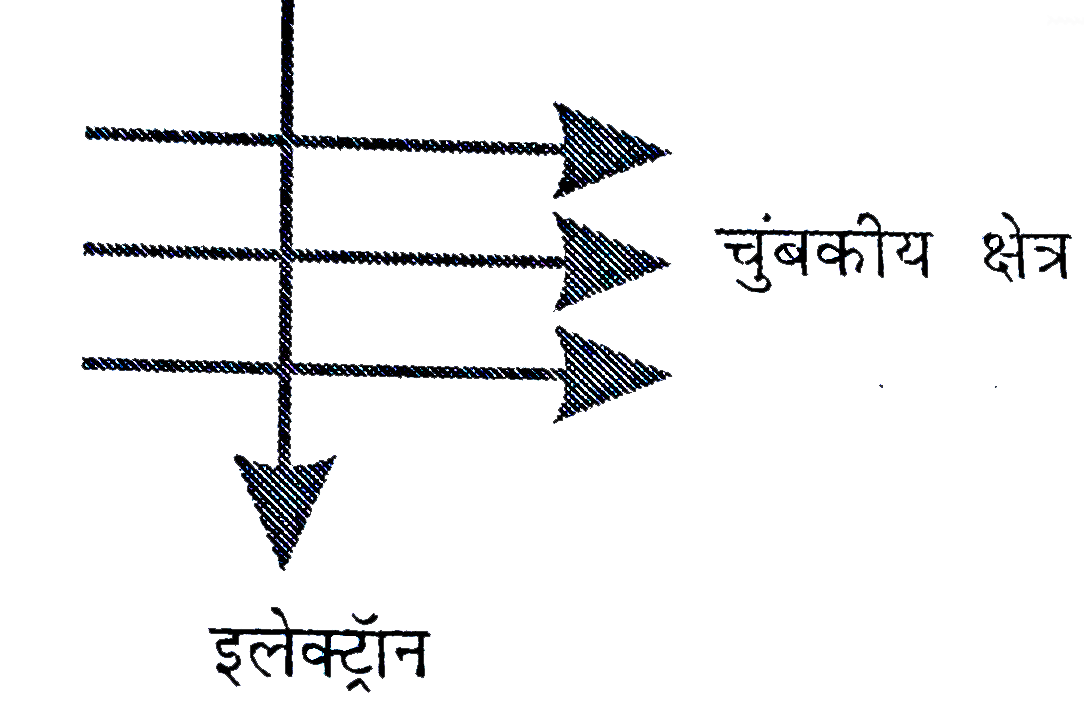
View SolutionThere is a magnetic field acting in a plane perpendicular to this sheet of paper, downward into the paper as shown in the figure. Paticles in acuum move in the plane of the paper from left to right. The path indicated by the arrow could be travelled by

View SolutionThe mass of a proton is 1840 times that of an electron. An electron and a proton, with equal kinetic energies, enter perpendicularly uniform magnetic field. Now ______ .
View SolutionIn the figure shown the magnetic field on the left on PQ is zero and on the right of PQ it is uniform. Find the time spent in the magnetic field.
View SolutionIn the figure shown the magnetic field on the left on ‘PQ’ is zero and on the right of ‘PQ’ it is uniform. Find the time spent in the magnetic field
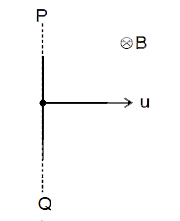
View SolutionA protom (or an electron) is moving in a uniform magnetic field. What is the path of the proton (or an electron) if it enters (i) parallel to the field, (ii) perpendicular to the field, and (iii) at an angle to the field?
View SolutionA uniform magnetic field exists in the plane of paper pointing from left to right as shown in figure. In the field, an electron and a proton move as shown. The electron and the proton experience:
View Solutionचित्र में दर्शाए अनुसार कागज़ के तल में बाएं से दायीं ओर संकेत करते हुए कोई एक समान चुंबकीय क्षेत्र है। चित्र में दर्शाए अनुसार एक इलेक्ट्रॉन तथा एक प्रोटॉन इस चुंबकीय क्षेत्र में गति करते हैं। इलेक्ट्रॉन तथा प्रोटॉन द्वारा अनुभव बलों की दिशाएँ क्या हैं?
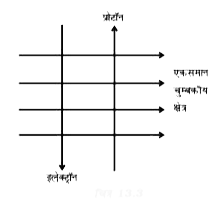
View SolutionA stream of electrons and protons are directed towards a narrow slit in a screen (see figure). The intervening region has a uniform electric field (vertically downwards) and a uniform magnetic field →B (out of the plane of the figure) as shown. Then
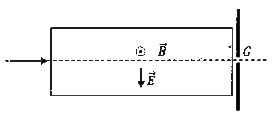
View SolutionAn electron and a proton with equal momentum enter perpendicularly into a uniform magnetic field, then
View SolutionA neutron, a proton, an electron and an α-particle enter a region of uniform magnetic field with the same velocities. The magnetic field is perpendicular and directed into the plane of the paper. The tracks of the particles are labelled in the figure
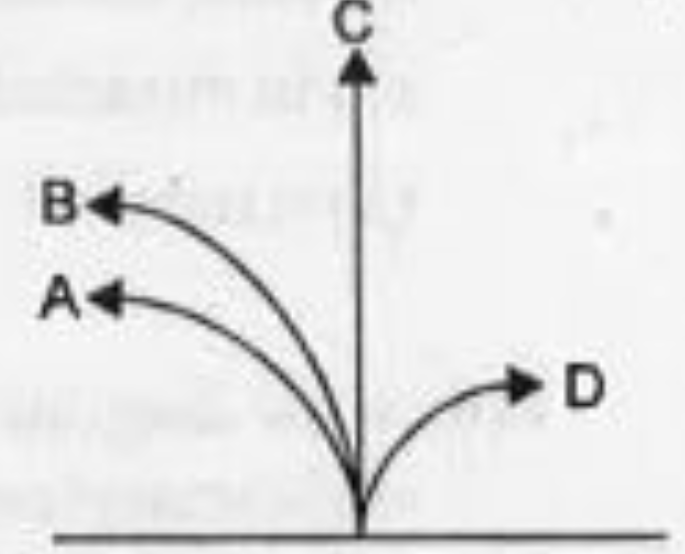 . The electron follows the track
. The electron follows the track
View Solution
